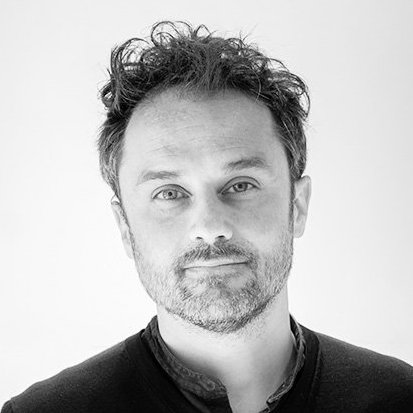I got a chance over the summer to visit the fully converted stone barn that we designed in Gabillou, in south-west France.
This 19th century agricultural building was transformed into a stunning home between 2007 and 2018, by our self-builder clients themselves, who lived in the building over the course of the conversion process, thanks to our phased construction design approach.
With an amazing attention to detail and a lot of enthusiasm, the couple has now become expert self-builders and joiners, already looking forward to a new conversion project to use their skills!
Below is a collection of pictures I took of the finished barn this August. Click on the pictures for a full-screen slideshow!




















































































